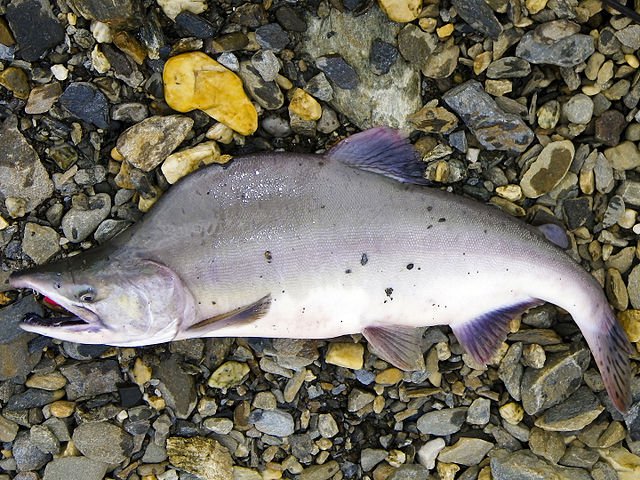It’s been a long time coming, but payments should soon be in hand for Alaska fishermen, processors and coastal communities hurt by the 2016 pink salmon run failure, the worst in 40 years. The funds are earmarked for Kodiak, Prince William Sound, Chignik, Lower Cook Inlet, South Alaska Peninsula, Southeast Alaska and Yakutat.
Congress okayed more than $56 million in federal relief in 2017, but the authorization to cut the money loose languished on NOAA desks in Washington, D.C., for more than two years.
The payouts got delayed again last October when salmon permit holders, who share the biggest chunk at nearly $32 million, were finally able to apply to the Pacific States Marine Fisheries Commission for their checks.
But when it was discovered that the way in which the payouts were calculated was badly flawed, the commission put on the brakes.
“There was a big snafu because a lot of the crew was under-reported by the skippers. So Pacific States said that until everything gets squared away, no one is going to get any checks,” said Rep. Louise Stutes (R-Kodiak) who has been watchdogging the payouts since the pink fishery was declared a disaster.
“That was just not acceptable,” Stutes said, quickly crediting leadership at the Alaska Department of Fish and Game for coming up with a better solution.
“With the help of Commissioner Doug Vincent-Lang and Deputy Commissioner Rachel Baker we worked with the commission and they agreed to send out checks to those individuals who they had no questions about,” Stutes explained, adding that checks should be in the mail by mid-February. “And they are going to send out letters to individuals they do have questions about to give them an opportunity to immediately reply rather than wait until the appeal period.”
About 1,300 salmon permit holders are eligible for payments, according to the state Commercial Fisheries Entry Commission. “In terms of eligible crew, we can only report the number of crew names submitted on CFEC permit holder applications because no data are available on crew fishery participation. Pacific States received applications from about 850 CFEC permit holders that listed about 2,000 crew names,” Fish and Game officials said in a statement to Stutes’ office, adding: “We are working to try and follow up with CFEC permit holders that did not submit applications to try and maximize the distribution of payments.”
Alaska pink salmon processors will split nearly $18 million in disaster relief funds.
“They are trying to figure out how to pay their employees and what employees qualify,” she said. “So, it’s finally moving after three and a half years.”
Some $2.4 million in disaster funds are set aside for municipalities, and nearly $4 million will go to pink salmon research — $450,000 to Kodiak’s Kitoi Bay Hatchery for its Saltwater Marking Sampling project; $680,000 to the Southeast Alaska Coastal Monitoring Survey to help with pink salmon forecasting; and $2.5 million to the Alaska Hatchery Research Project that since 2010 has studied interactions of hatchery and wild salmon in Prince William Sound and Southeast.
Fishery disasters also were declared for the 2018 cod collapse in the Gulf of Alaska and the sockeye salmon failure at Chignik. Recipients should fare better if Congress approves a bill introduced last week by Rep. Jared Huffman (D-Calif.). The bipartisan bill, called Fishery Failures: Urgently Needed Disaster Declarations Act (Fishery FUNDD Act), would improve the federal fishery disaster process and set a strict timeline for payout of funds.







